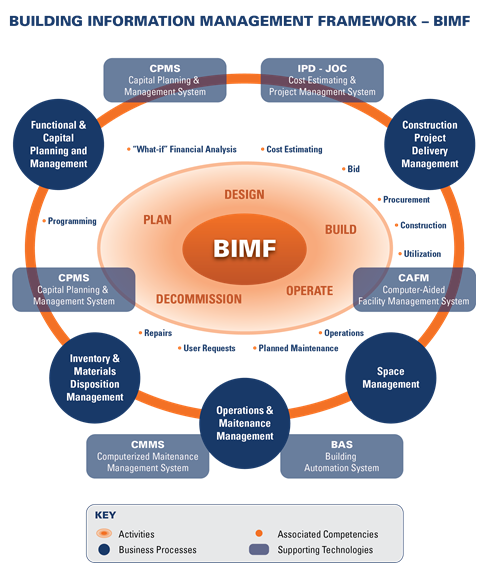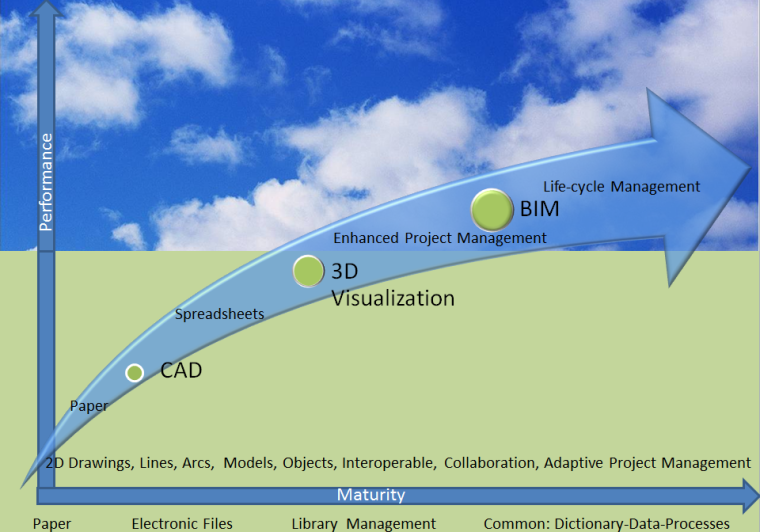“In the long history of humankind… those who learned to collaborate and improvise most effectively have prevailed.”
Charles Darwin
Latest BIM Adoption Figures for the UK
(Reference Source-NBS National NIB Survey)
As annual industry wide survey, carried out by NBS was completed in late 2011 by nearly 1,000 construction professionals representing a range of business sizes and disciplines from across the industry in the UK, including architecture, engineering and surveying. Over 200 RIBA members were among the participants, making sure the views of the membership came across.
Highlights:
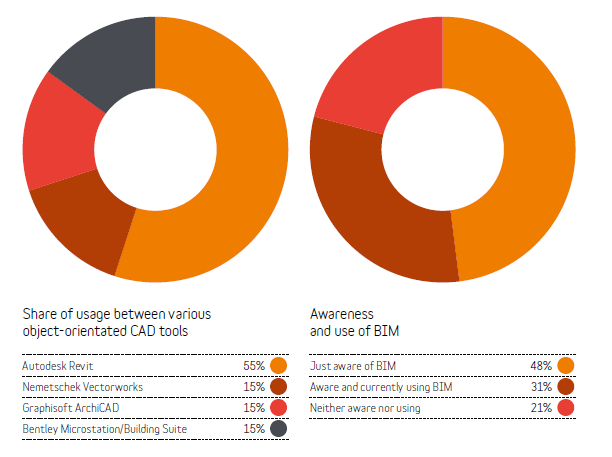
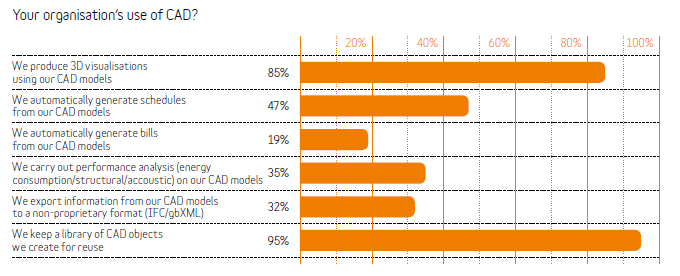
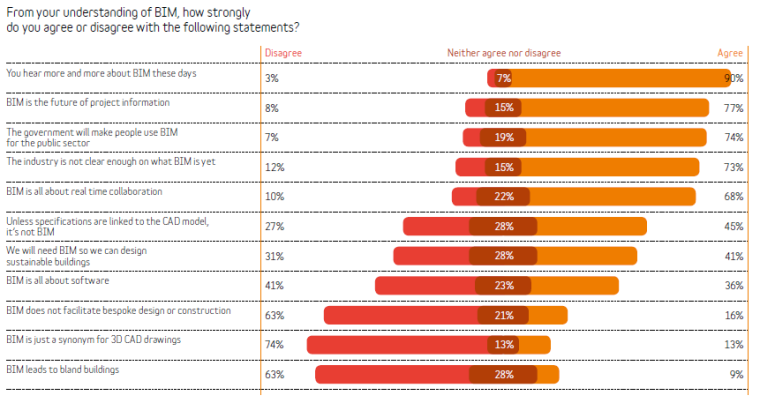

- 78% agree the BIM is the future of project information, though how that future will look is uncertain, with 4 out of 5 agreeing that the industry is not yet clear enough of what BIM actually is
- 31% of construction professionals are now using BIM – up from 13% in 2010 (to what degree appears uncertain however)
- 75% of those construction professionals currently aware of BIM predict they will be using it on some projects (another indication of uncertain implementation levels) by the end of 2012, and almost 19 out of 20 people expect to be using it in five years’ time
- 80%+ agreed BIM increases the coordination of construction documents, with 65% of those using the technology saying BIM delivered cost efficiencies.
Survey Notes:
1000 Respondents from a range of business sizes, with a quarter coming from very small organisations (one or two employees) and 14% coming from very large businesses (more than 500 employees). A majority, 52%, of respondents came from organisations with 15 or fewer employees.


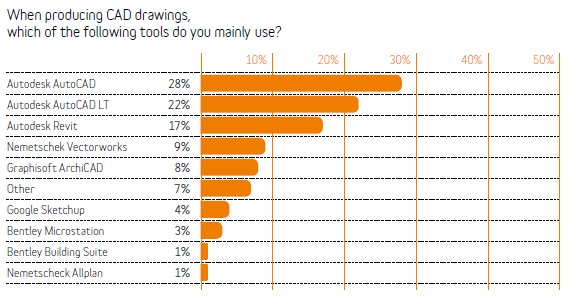
Noteworthy quotations-
Unfortunately, the second NBS National BIM Survey provides a potentially worrying picture of a divided UK construction industry in which real progress has been made but where real areas of inertia remain.
it still heresy to say that construction is endemic with waste?
… the term BIM has become universally commonplace (though often misused) in our construction vocabulary; so what do we (the Cabinet Office BIM Task Group) mean by BIM? Well,
expectedly, the clue is in the title: constructing a managed digital information 3D model of an asset (interesting as 3D is NOT in the title), be it a building or an infrastructure project (both new-build or retained estate) that is infused with data. This information model can be used to inform the decision-making process and answer questions throughout the entire project life-cycle.In order for this process to be effectively implemented, however, it needs to be undertaken in a truly collaborative environment (with iterative feedback loops), and here lies the real challenge. Manifesting BIM beyond the technology and process to a cultural paradigm shift (never easy) is where the real challenge lies. BIM is very much more a verb than a noun.
A large part of BIM success and a potential industry shift will be down to education and training, ensuring that new entrants to the
construction arena have the apposite blend of knowledge and skills: a BIM literacy to fit their function.Although much has been written about BIM, few have truly considered it from the perspective of the Client. …the real big value proposition lies in the bandwidth consequent to practical completion where the data (in our case COBie) and model outcomes can be used to ensure optimal asset performance… Modelling for better user outcomes and being able to feed this data back to inform future projects is where the real Client value proposition sits.
In the current commercial environment the ability to do more for less has been a considerable advantage. Being able to offer additional services outside our traditional scope has helped to differentiate us in a difficult market particularly with services like Quantity-Take-Off. We are also confident that the consistency in our output is generating repeat business, not least because mwe have been able to drive efficiencies from project to project as our database of standard components has become richer.

